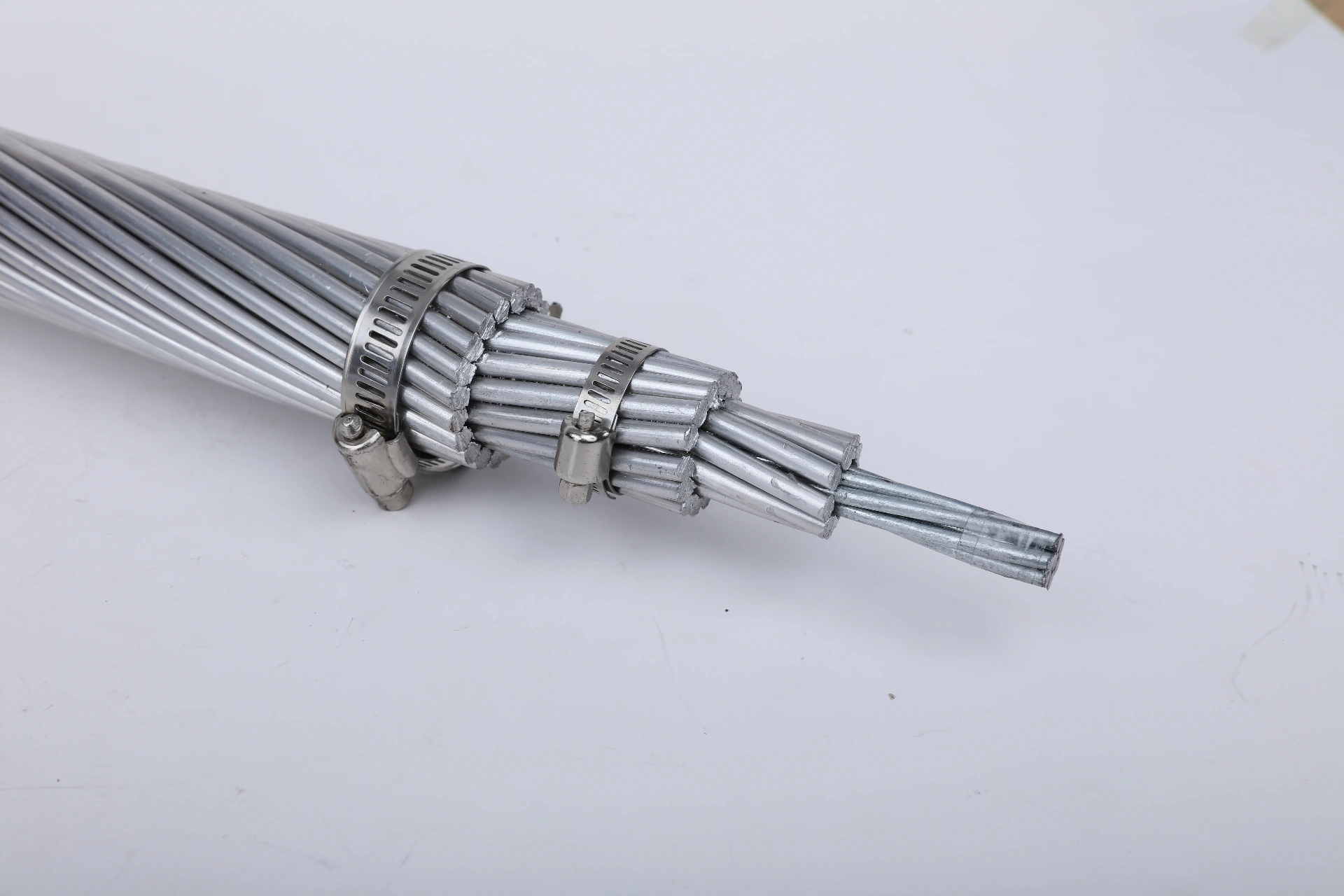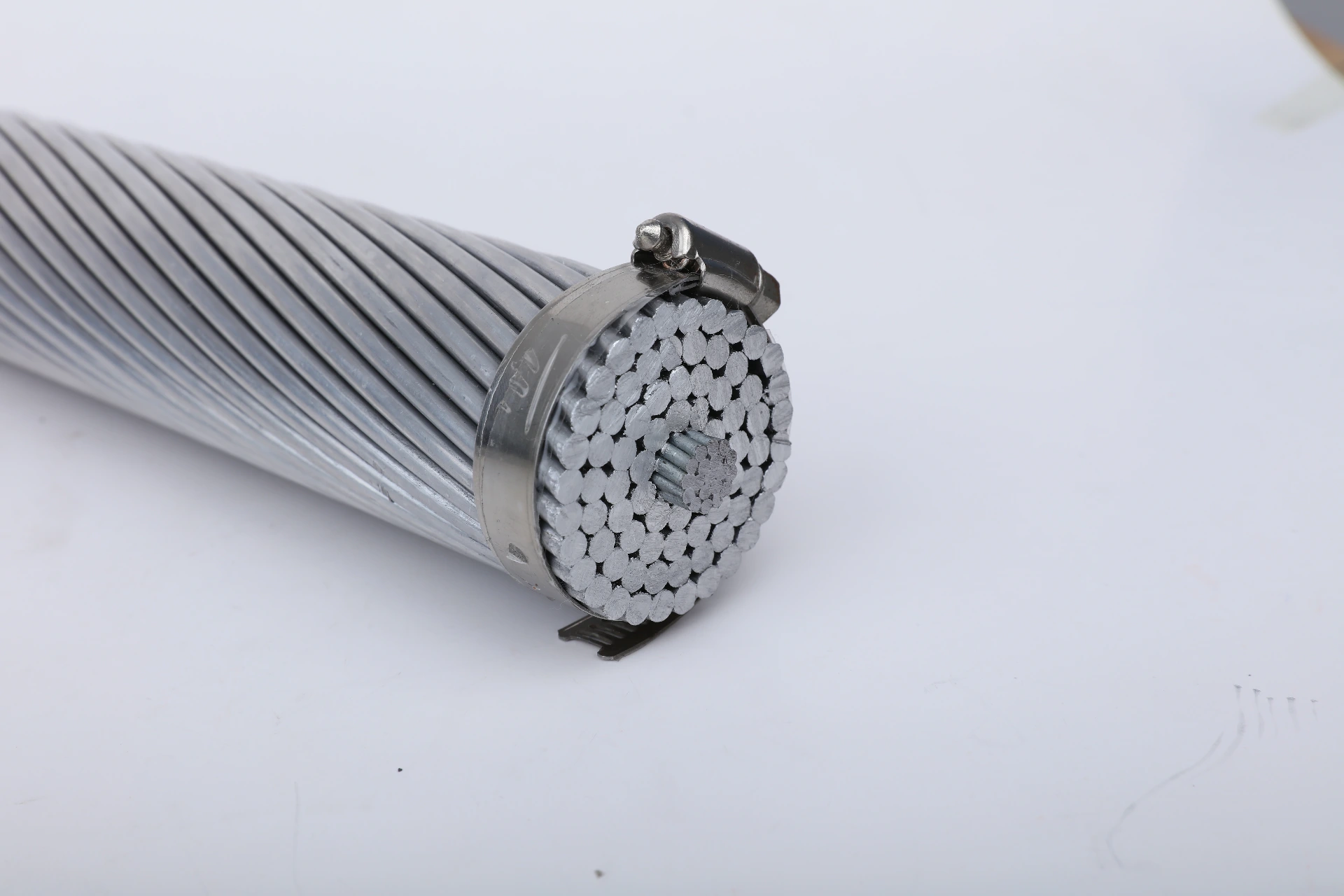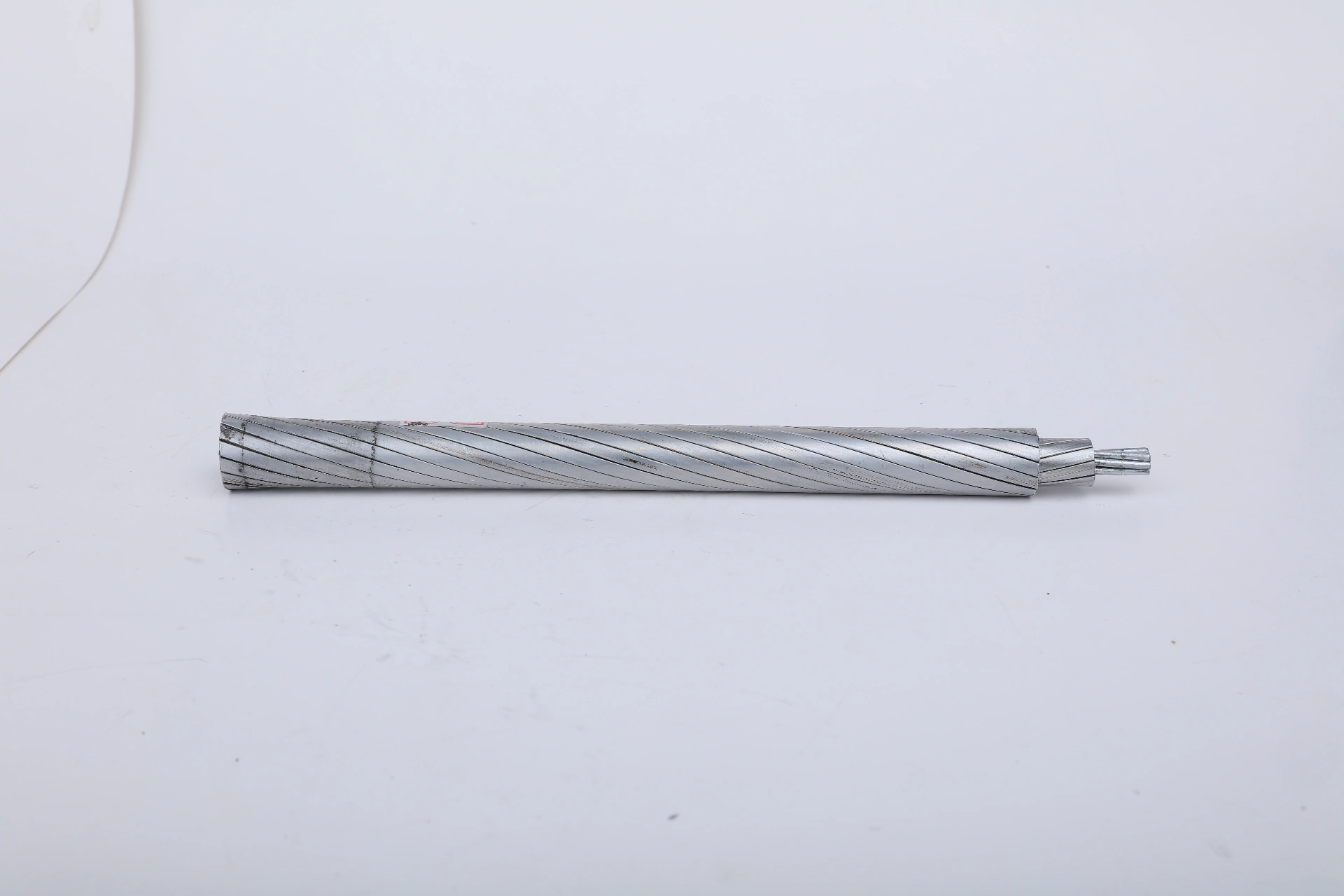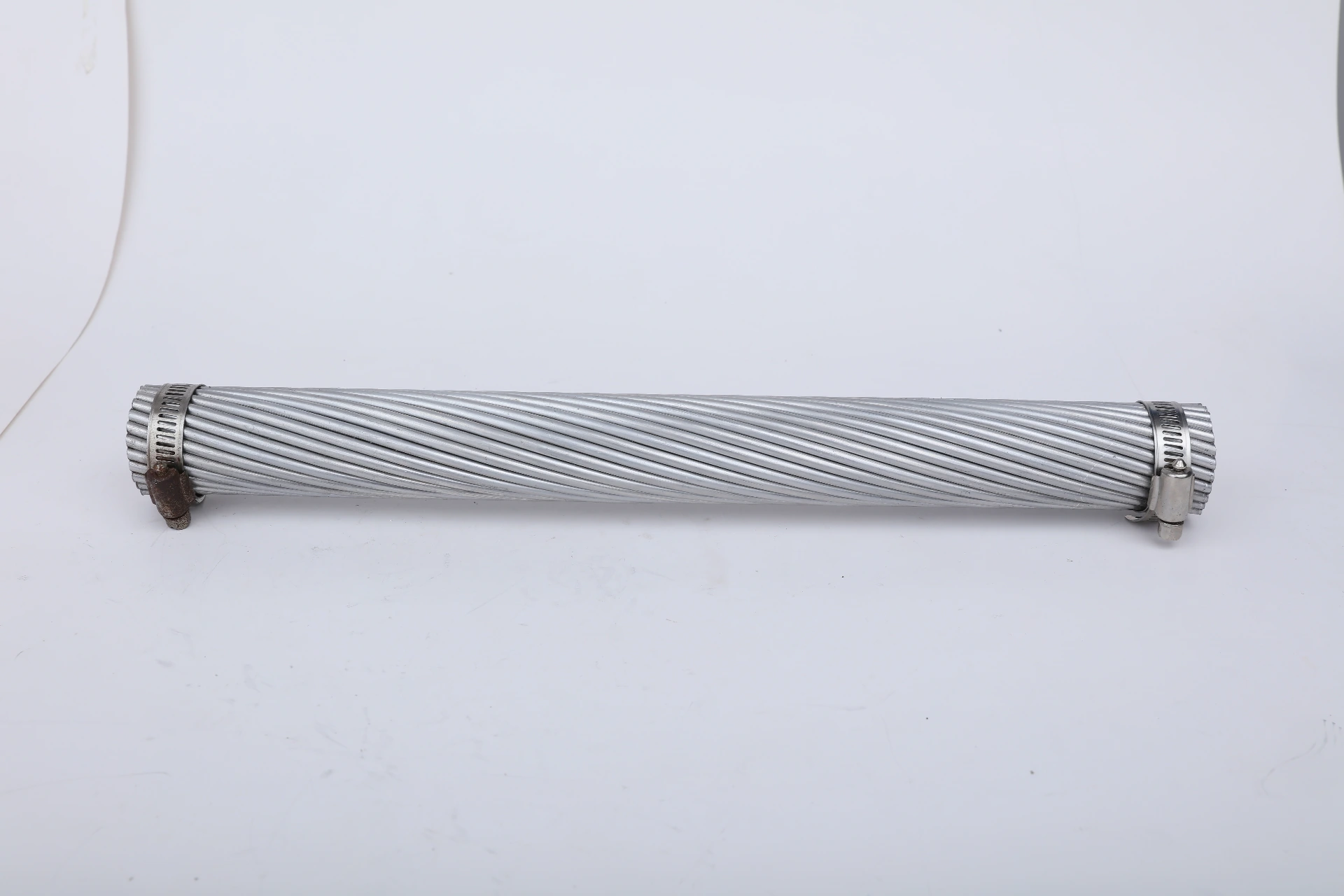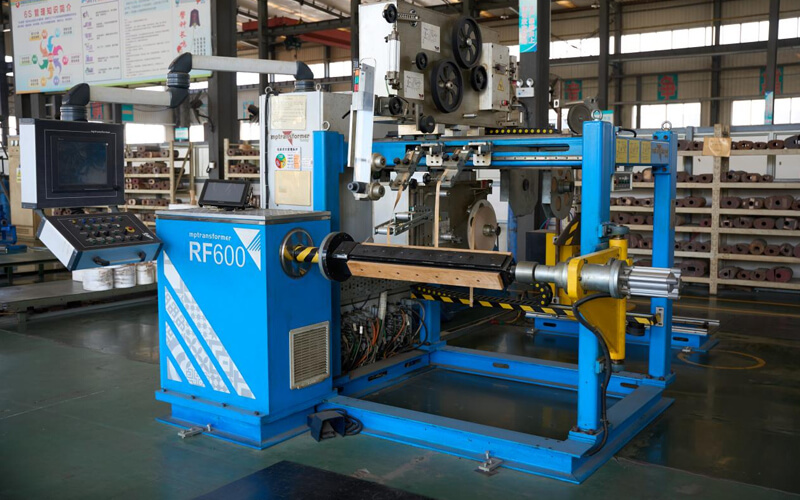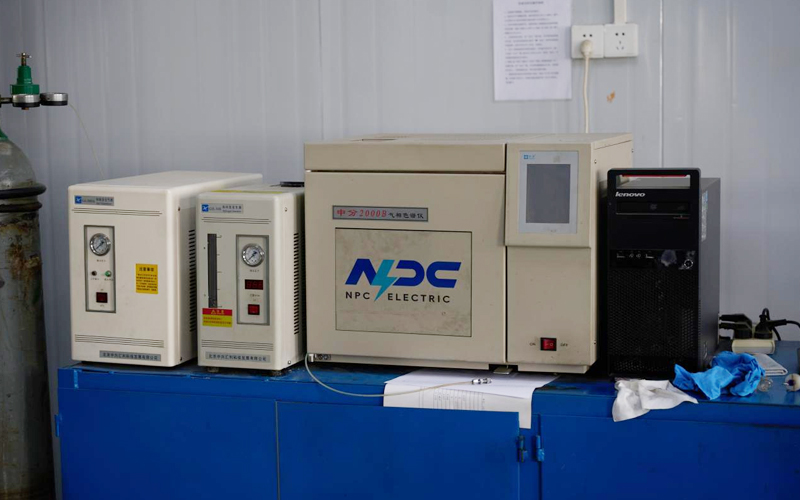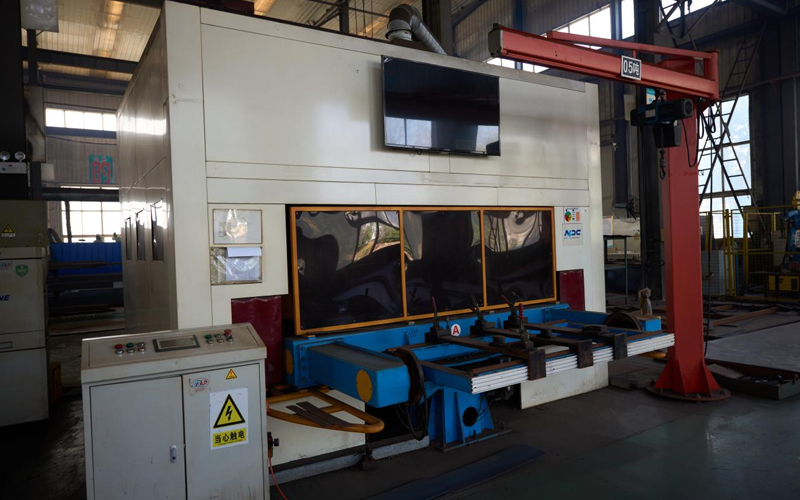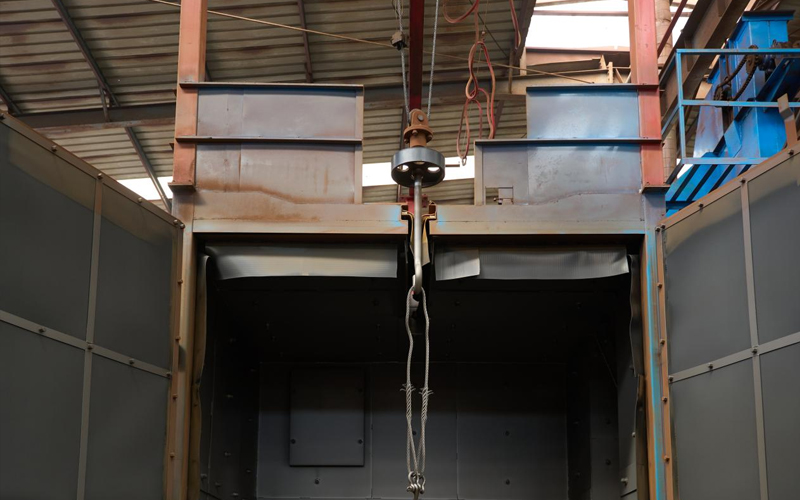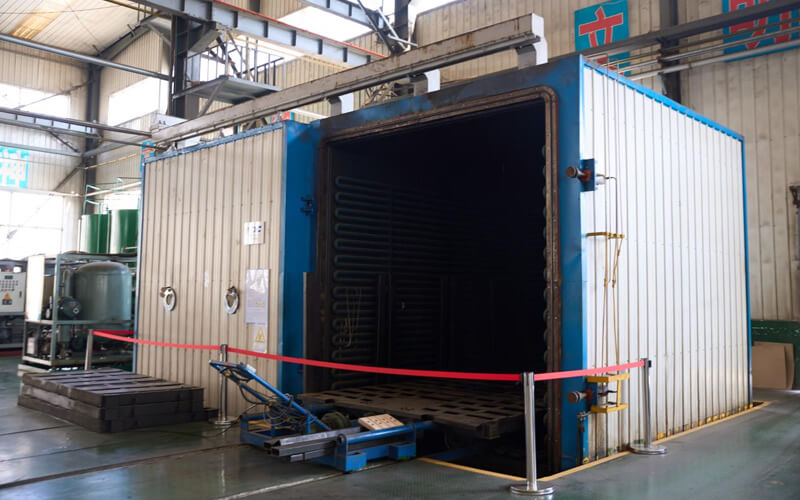Wires and Cables
ACAR

ALUMINUM CONDUCTOR ALLOY REINFORCED(ACAR)
Aluminum Conductor Alloy Reinforced (ACAR) is a high-performance overhead conductor featuring concentrically stranded 1350-H19 aluminum wires around a core of 6201 aluminum-magnesium-silicon alloy strands. This design optimizes the balance between electrical conductivity and mechanical strength, offering higher ampacity than equivalent AAAC and better strength-to-weight ratio than AAC. ACAR excels in applications requiring reduced sag and enhanced durability, with excellent corrosion resistance suitable for coastal or industrial settings. Compliant with ASTM B524, B231, and B398 standards, it supports various stranding configurations for flexibility in line design. The alloy reinforcement provides superior tensile strength (up to 30% more than pure aluminum), minimizing support structures and installation costs. Ideal for primary and secondary distribution, ACAR reduces energy losses while maintaining reliability under heavy loads or extreme weather. Its lightweight nature facilitates easier handling, and full aluminum construction ensures recyclability, aligning with sustainable power infrastructure goals. ACAR is a versatile choice for modern grids seeking efficiency and longevity.In-Depth Analysis
Comparative Analysis of Efficiency and Loss
Compared to the industry average, ACAR cables exhibit lower losses and higher efficiency across the entire load range.
Load Efficiency Comparison(%)
No-load Loss Comparison(W)
High Conductivity Design
High-purity oxygen-free copper or high-quality aluminum conductors are used with smooth surface and low resistance to ensure efficient power transmission and reduce energy loss.
Insulation Protection System
Use flame-retardant, wear-resistant and corrosion-resistant polymer insulation materials to meet the safe operation requirements in different environments.
Weather-Resistant & Durable Technology
The outer sheath is made of UV-resistant, heat-resistant, and oil-resistant materials, making it suitable for high and low temperatures, humidity, and long-term outdoor use.
Safe Flame Retardant System
The multi-layered flame-retardant structure effectively slows the spread of flames and releases low-smoke, halogen-free gases during combustion, reducing secondary hazards.
Easy Installation & Maintenance
The flexible core and flex-resistant outer sheath provide a small bend radius and high installation efficiency. Color coding and length markings reduce installation and maintenance costs.
Intelligent Monitoring
An optional remote monitoring system is available to monitor operating status, temperature, load and other parameters in real time, and supports fault warning and remote diagnosis.
Environmental Adaptability Analysis
ACAR cables have been rigorously tested and can operate stably under various harsh environmental conditions.

Temperature Range
-40℃ ~ +55℃
Can work normally in extreme high and low temperature environments

Humidity Adaptation
0 ~ 100% RH
Including condensation environment, no frost requirement

Weather Resistance Grade
UV/IEC 60811-501
The outer sheath has excellent UV resistance and aging resistance

Chemical Corrosion Resistance
Oil / Acid / Alkali
Resistant to oil, acid, alkali and some chemical corrosion environments
Why Choose Us

Optimal Balance of Strength & Conductivity

Superior Corrosion Resistance & Durability
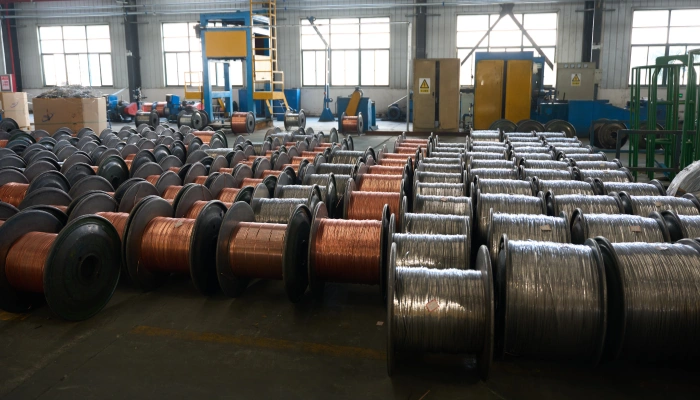
Lighter Weight for Easier Installation
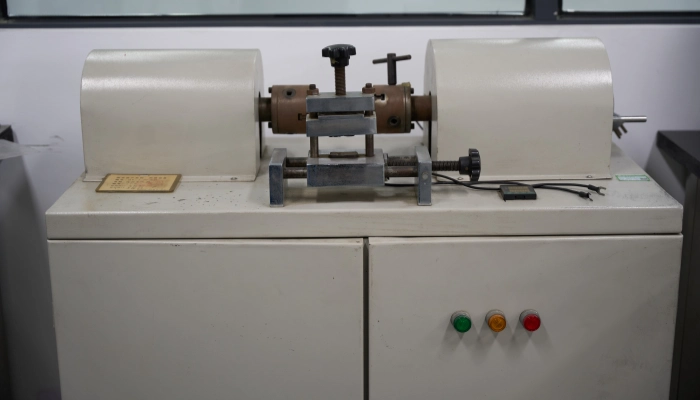
Versatile Application Across Networks
Product Show
Testing and Certification
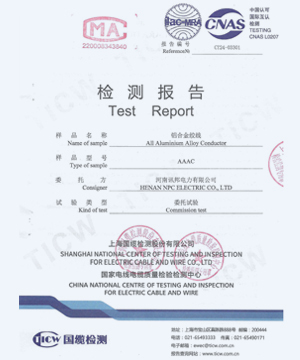
Bare Cable Test Report
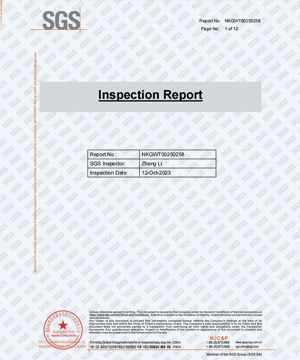
SGS Inspection Report

Certificate of Acceptance
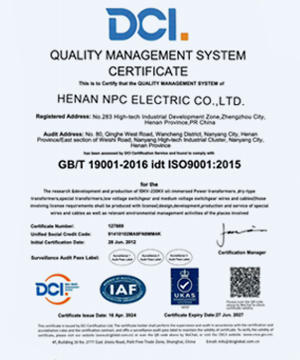
ISO Quality Certificate
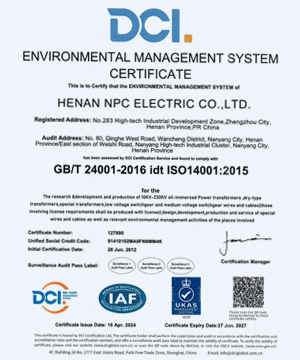
ISO Environmental Certificate

ISO Occupational Certificate
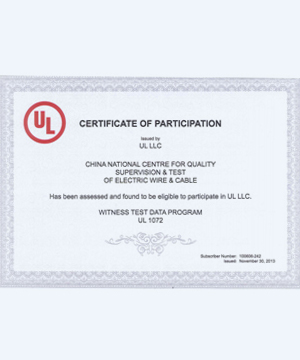
UL Laboratory Certificate
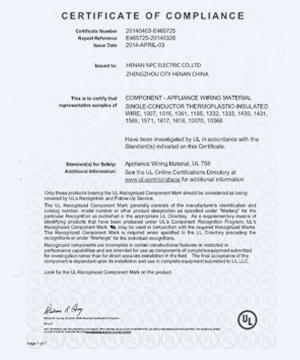
UL Product Certificate
Project Cases

Peru Solar PV Project
CompletedNPC Electric Delivers Medium-Voltage Cables for Peru Solar PV Project
Country:Peru
Model:HEPRZ1(AS) 1x630 mm² 19/33kV x 6km
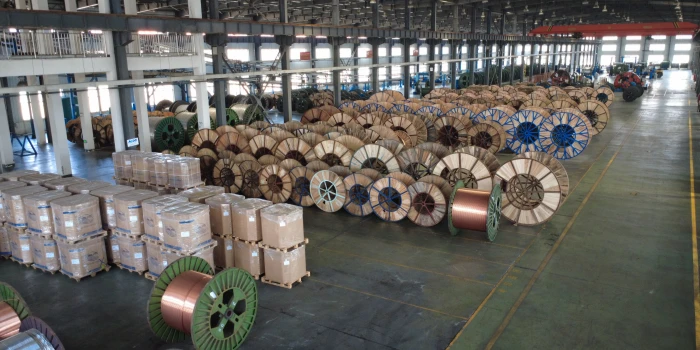
Chile El Project
CompletedReliable 19/33kV MV cables ensuring safe, stable, and efficient power transmission for critical projects.
Country:Chile
Model:19/33kV MV Power Cables x 5km
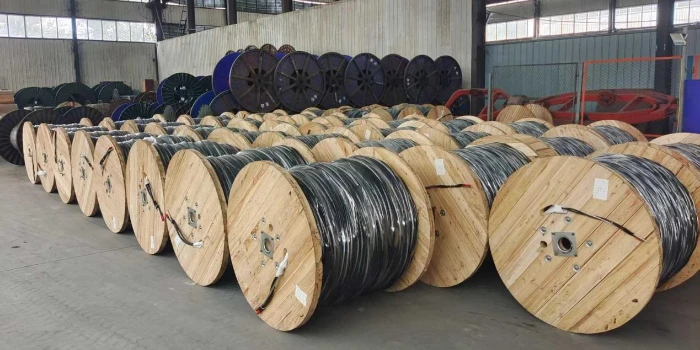
Dominican Edenorte Project
CompletedProvide outdoor power solutions for urban main road reconstruction projects to adapt to complex environments.
Country:Dominican
Model:NPC AAAC Cable & Triplex Cable x 10km
Technical Advantages
FAQ From Customers
-
What is an ACAR conductor cable?
ACAR (Aluminum Conductor Aluminum Reinforced) is a type of conductor cable that combines aluminum conductors with an aluminum reinforced core for enhanced strength and reliability. These cables are primarily used in overhead power lines for medium to long-distance power transmission. The aluminum reinforcement ensures high tensile strength, while the aluminum conductors provide excellent conductivity and lightweight characteristics. -
What is the difference between ACAR conductor and ACSR conductor?
The main difference between ACAR and ACSR (Aluminum Conductor Steel Reinforced) lies in the core material. ACAR conductor cables use an aluminum core, which makes them more corrosion-resistant and lightweight compared to ACSR cables, which use a steel core for added tensile strength. ACAR is ideal for medium-strength applications, whereas ACSR is preferred for high-tensile, long-span, high-voltage transmission lines due to its enhanced mechanical strength. -
What are the advantages of using ACAR conductor cables?
ACAR conductor cables offer several key advantages, including high tensile strength, corrosion resistance, and lightweight properties. They are ideal for overhead power lines in areas prone to environmental stress, such as coastal regions or places with high humidity. Their aluminum reinforcement ensures long service life and reliable performance, making them suitable for medium to long-span transmission lines with minimal maintenance requirements. -
Where are ACAR conductor cables typically used?
ACAR conductor cables are commonly used in power distribution systems and medium voltage transmission lines, especially for overhead power lines. They are ideal for applications in rural areas, industrial zones, and renewable energy projects, where high tensile strength and corrosion resistance are essential. These cables provide a cost-effective and efficient solution for long-distance transmission and are used in urban infrastructure and large-scale power transmission networks. -
How do ACAR conductors perform in harsh environments?
ACAR conductor cables perform exceptionally well in harsh environments due to their aluminum reinforcement, which enhances both mechanical strength and corrosion resistance. These cables are highly durable, even in coastal or high humidity areas, where traditional aluminum conductors may corrode. Their lightweight and corrosion-resistant properties make them ideal for use in environments with extreme weather conditions, ensuring reliable power transmission with minimal downtime and maintenance.









